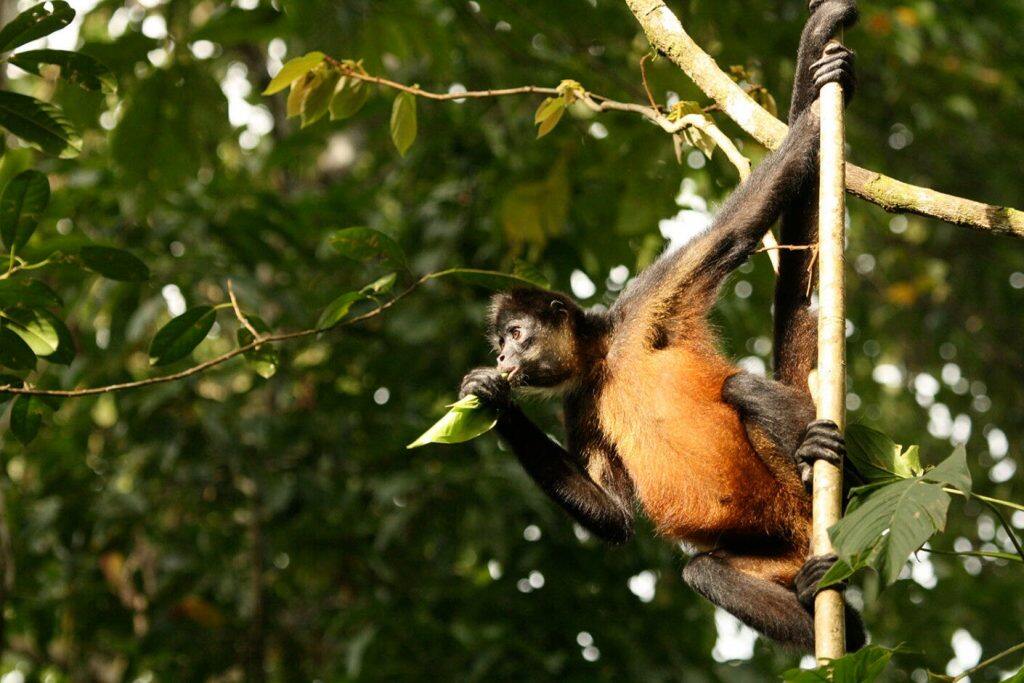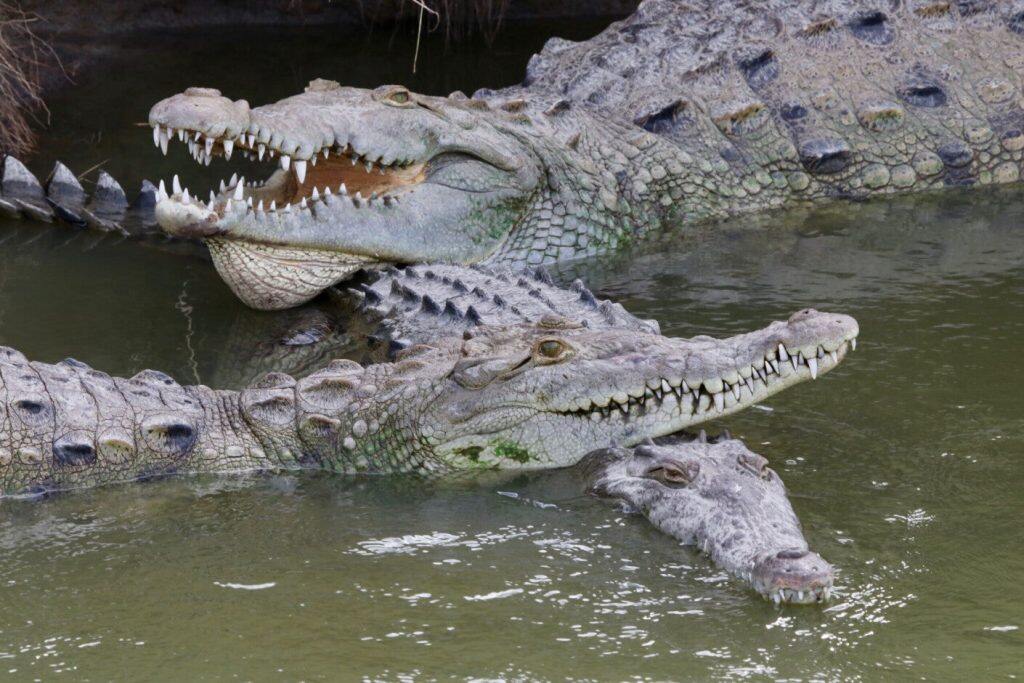With lush green jungles brimming with wildlife, Costa Rica has become a global tourism hotspot – and government leaders would like to keep it that way. They worked with researchers from the Stanford Natural Capital Project to understand how nature supports the country’s most visited and valuable tourist destinations. The team found that tourists flock to areas where roads and hotels make it easy to access Costa Rica’s famous wildlife, including charismatic mammals like howler monkeys and reptiles like crocodiles. The research, published in Proceedings of the National Academy of Sciences, demonstrates the importance of protecting nature to keep tourism revenue flowing. Costa Rica plans to build on the study’s results to create a nationwide accounting system to track the benefits that nature provides to its economy.


“These findings show just how important wildlife is, especially when paired with infrastructure, for a thriving tourist economy,” said Alejandra Echeverri, co-lead author on the paper and a postdoctoral researcher at the Stanford Natural Capital Project. “If Costa Rica wants to keep attracting tourists, it needs to invest in both nature conservation and infrastructure that allows people to enjoy majestic animals like the resplendent quetzal and other iconic wildlife.”
Satellites and social media
The researchers combined data from NASA satellites and social media posts to measure wildlife and understand tourism patterns in the country. When a visitor posted a photo to social media at a picturesque volcano or historic church, the researchers could use the photo’s location information to map popular spots. Since Costa Rica is a well-known birdwatching destination, they also used data from eBird, a social birdwatching application where people upload checklists to share the birds they’ve spotted.
While social media collected data on the ground, NASA satellites provided the team with detailed information about how land is currently used across the country, including where roads and hotels already exist. By overlaying the popular social media locations with the NASA imagery and biodiversity data, the researchers were able to pinpoint where a recipe of roads, hotels, water bodies and wildlife creates tourism hotspots.
“People often consider wildlife and infrastructure to be at odds with one another, but our approach shows that isn’t necessarily true,” said Jeffrey Smith, co-lead author on the paper and a PhD student at the Stanford Natural Capital Project at the time of research and now a postdoctoral researcher at Princeton University. “This technology allows countries to understand how infrastructure and nature can be interwoven at a much finer scale to support both the economy and biodiversity. For example, instead of assuming an area of land can only be used as a nature preserve or a megaresort, planners can consider options like ecolodges, which are profitable and more wildlife-friendly.”
Moving from science to decisions
The researchers worked with leaders at Costa Rica’s Ministry of the Environment and Energy (Ministerio de Ambiente y Energía de Costa Rica) and the country’s Central Bank (Banco Central de Costa Rica) to ensure their data answered the right questions and provided them with the information they needed to guide new policies.


For example, there are ongoing conversations in the government about the future of Barra del Colorado Wildlife Refuge, a highly protected natural area. The new research suggests there are sustainable ways to make the park more accessible, with trails or neighboring ecolodges, without compromising the habitat of critical species.
The researchers emphasize the importance of considering the trade-offs of different decisions. For Costa Rica, that means recognizing that while tourists bring money to communities, they can also threaten sensitive species. The researchers also note, however, that natural areas without regular tourists face their own challenges, like wildlife poaching, hunting and other illegal activities. The decision where to develop new infrastructure, even small trails and ecolodges, should be done with long-term habitat protection in mind, according to the team.
Accounting for nature
A key goal for the team was to create a process that would be handed over to the government, so Costa Rica could continue to monitor and map its own biodiversity and tourism patterns. Country leaders plan to create a nationwide accounting system that tracks the value of their abundant natural assets, including the benefits that nature provides to the tourism industry. Each year, the government will be able to view new satellite images that show development and emerging tourism trends to adapt their national plans. They will also report their findings to the United Nations System of Environmental Economic Accounting as one way to benchmark their progress on achieving the country’s sustainable development goals.
“We found a win-win in this research – that tourists are drawn not just to sun and beaches, but actually to places with more wildlife,” said Gretchen Daily, co-founder and faculty director at the Stanford Natural Capital Project and senior author on the paper. “While the balance between expanding tourism and protecting the natural assets that attract visitors needs to be handled carefully, especially considering the ruinous effects of overdevelopment, this research demonstrates how tourism can be a major driver toward green development in countries around the world.”







































